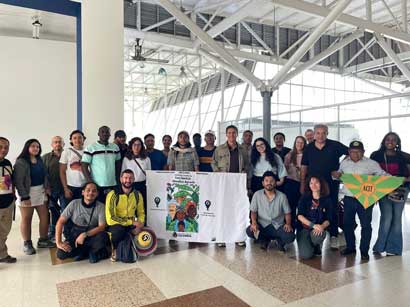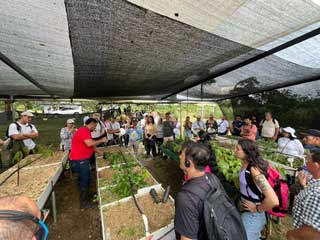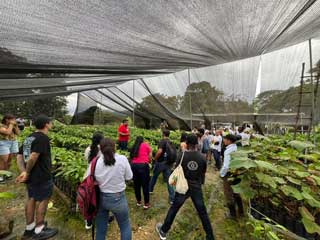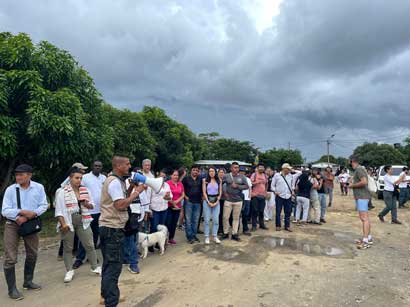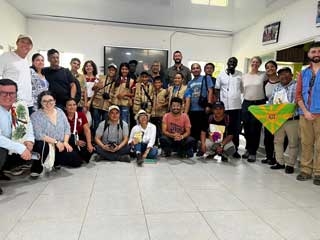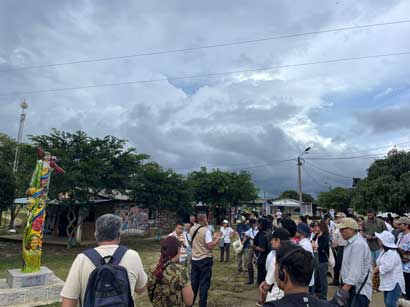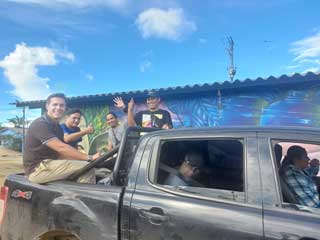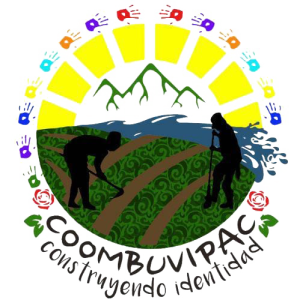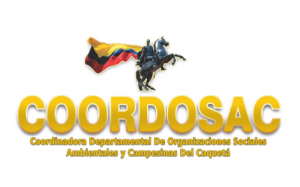After more than 50 years of internal armed conflict, Colombian society promoted dialogue between the Colombian State and the Revolutionary Armed Forces of Colombia (FARC-EP), leading to the signing in 2016 of the Final Peace Agreement for the Termination of the Conflict and the Construction of a Stable and Lasting Peace (AFP). This treaty, supported by the international community, proposes a route for collective action to address the structural problems that caused the political, social, environmental, economic, cultural and armed conflict.
Among its main points is addressing the problem of land in Colombia regarding its use, ownership and distribution, framed within the Comprehensive Rural Reform as a fundamental step towards Agrarian Reform. Along with this, it proposes the deepening of democracy through political opening and a process of national reconciliation that put the victims of the conflict at the center of this peace agreement, focusing on restorative justice, collective reparation and guarantees of non-repetition for the victims.
Point three of the Agreement focuses on attention to combatants in their transition and mobilization towards the legality denied by the confrontation with the Colombian State. Initially, Transitional Normalization Village Zones (ZVTN) were built as spaces for the grouping and collective peace-building process of the signatories of the Peace Agreement. These zones later became Territorial Spaces for Training and Reincorporation (ETCR) in order to advance the comprehensive route of reincorporation, which obliges the Colombian State to guarantee the effective enjoyment of economic, political, social and cultural rights as agreed.
The Héctor Ramírez population center, located in the Aguabonita II Village, La Montañita Municipality, Caquetá Department. This Population Center was one of the first twenty-four (24) Territorial Spaces for Training and Reincorporation (ETCR), where peace signatories in coordination with rural and urban communities, together with their peasant, communal, indigenous, youth, women etc.

